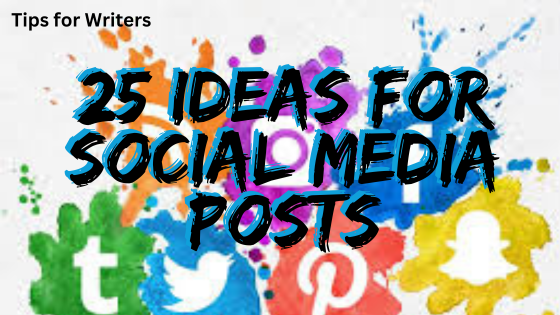Social Media Ideas for Authors
/Here are some ideas for posts that you can create to spark conversation on your site. Make sure you include a catchy graphic.
Use a “holiday” calendar like Brownielocks to find interesting “holidays.” Make a post with a fun graphics. I create lists of holidays related to books and reading, and I combine them with promos for my books.
Ask your audience what they are reading.
Ask for movie recommendations.
Ask your followers to post a picture of their pet.
Ask your audience to tell you what their theme song is (or their favorite song).
I will ask folks for recommendations for shows to binge watch. Readers provide great ideas.
Ask who their favorite book character is.
Ask your audience to tell you what their favorite children’s book is.
Find out what your readers wanted to be when they grew up.
During Halloween, ask what their favorite costume was.
Ask readers what the best gift they ever received (or gave) was.
Ask your followers to tell you what actor would play them in a movie.
Find out three people your readers would like to have lunch with.
Ask what the best or worst thing someone ordered online.
Ask what your readers need to throw out or get rid of.
Find out what the most daring thing your audience has done. (Or ask what they chickened out of doing.)
Ask who the coolest person is that they have ever met.
Ask what the most creative thing people have done.
What are some other ideas you’d add to my list?











